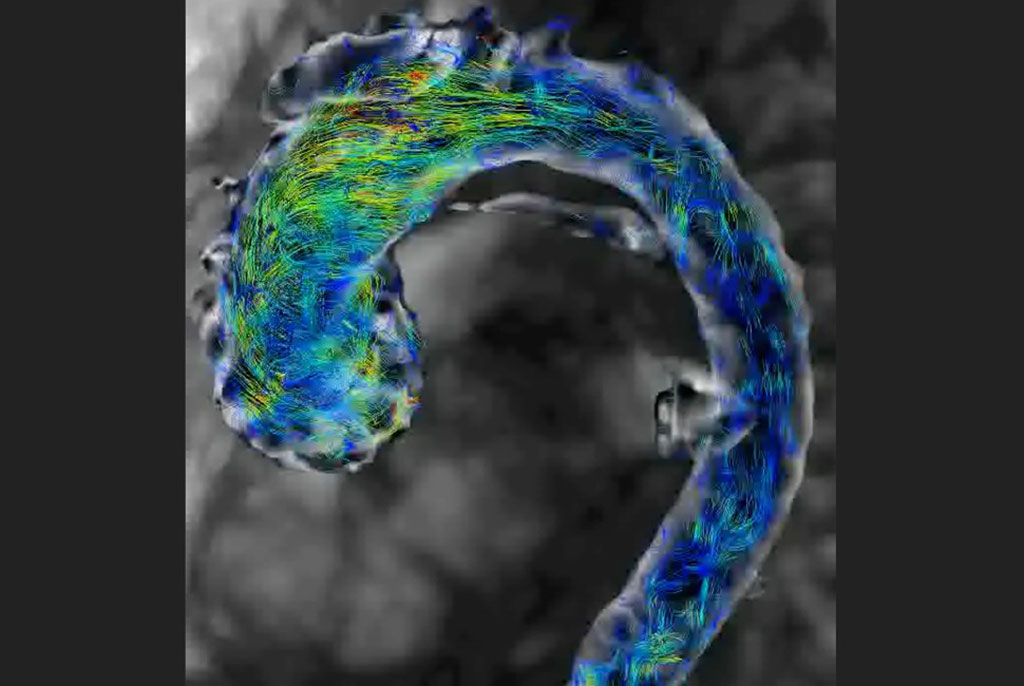New Aneurysm Prediction System Demonstrates 98% Accuracy
Posted on 21 Dec 2023
An aortic aneurysm is a condition where the aorta, the body's largest artery, swells to more than 1.5 times its normal size, leading to a weakened arterial wall. Over time, this weakening can progress to the point where the aorta can't handle the pressure from blood flow, potentially causing a rupture. While this occurrence is relatively rare, it's typically unforeseen and is almost invariably lethal. Despite the seriousness of aortic aneurysms, the precise mechanics behind their development have remained a mystery, leaving the medical field without a standardized method for predicting them. Researchers have now introduced the first physics-based metric to predict the possibility of an individual experiencing a fatal aortic aneurysm, which often exhibits no warning signs until it's too late.
Traditionally, medical professionals gauge the risk of rupture by considering various factors such as the patient's age, lifestyle, and the aorta's size. They monitor the aorta's growth through periodic imaging tests. When the aorta enlarges rapidly or excessively, the patient might undergo surgery to reinforce the weakened wall, a procedure not without its own set of risks. Researchers at Northwestern University (Evanston, IL, USA) set out to eliminate the guesswork from predicting future aneurysms by focusing on the fundamental physics underlying the problem. In their study, they identified abnormal aortic growth by detecting subtle oscillations in the blood vessel's wall. These oscillations or "flutterings" occur as blood flows through the aorta, causing it to ripple similarly to a flag in the wind. Whereas a stable flow signifies healthy, regular growth, an unstable flutter strongly indicates potential abnormal growth and risk of rupture.

This groundbreaking approach led to the development of the "flutter instability parameter" (FIP), a metric that has shown a 98% accuracy rate in predicting future aneurysms, typically three years post-initial measurement. For a personalized FIP assessment, patients require just one 4D flow magnetic resonance imaging (MRI) scan. This predictive metric could enable doctors to proactively manage high-risk patients with medications or other interventions, potentially preventing the aorta from reaching a critical size. The research team is now investigating whether the FIP can throw light on the development of other cardiovascular conditions and determining which prevention strategies might be most effective based on patient-specific FIPs to halt aneurysm progression.
“Aortic aneurysms are colloquially referred to as ‘silent killers’ because they often go undetected until catastrophic dissection or rupture occurs,” said Northwestern’s Neelesh A. Patankar, senior author of the study. “The fundamental physics driving aneurysms has been unknown. As a result, there is no clinically approved protocol to predict them. Now, we have demonstrated the efficacy of a physics-based metric that helps predict future growth. This could be transformational in predicting cardiac pathologies.”
Related Links:
Northwestern University














